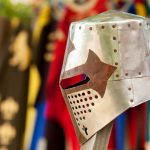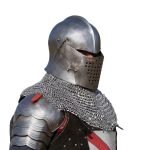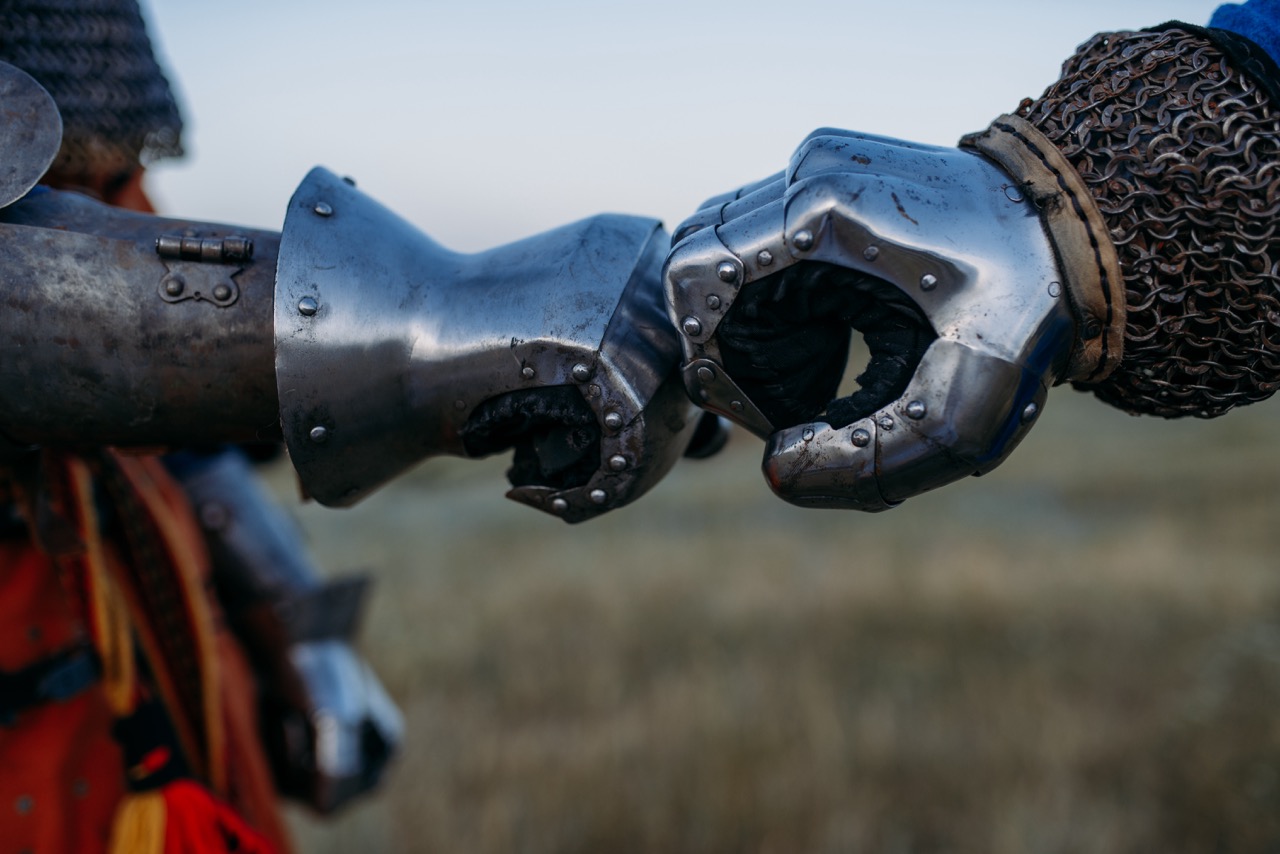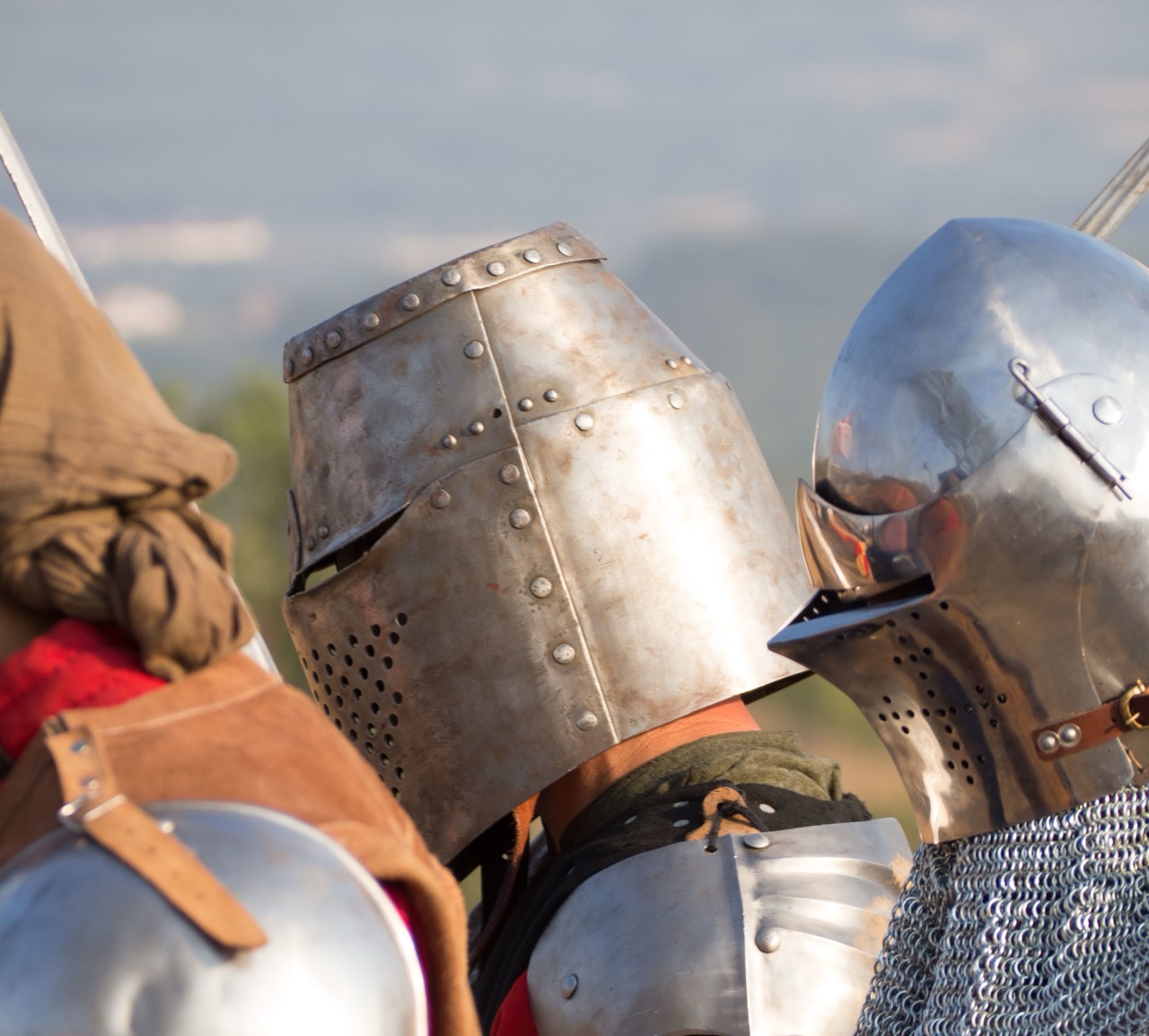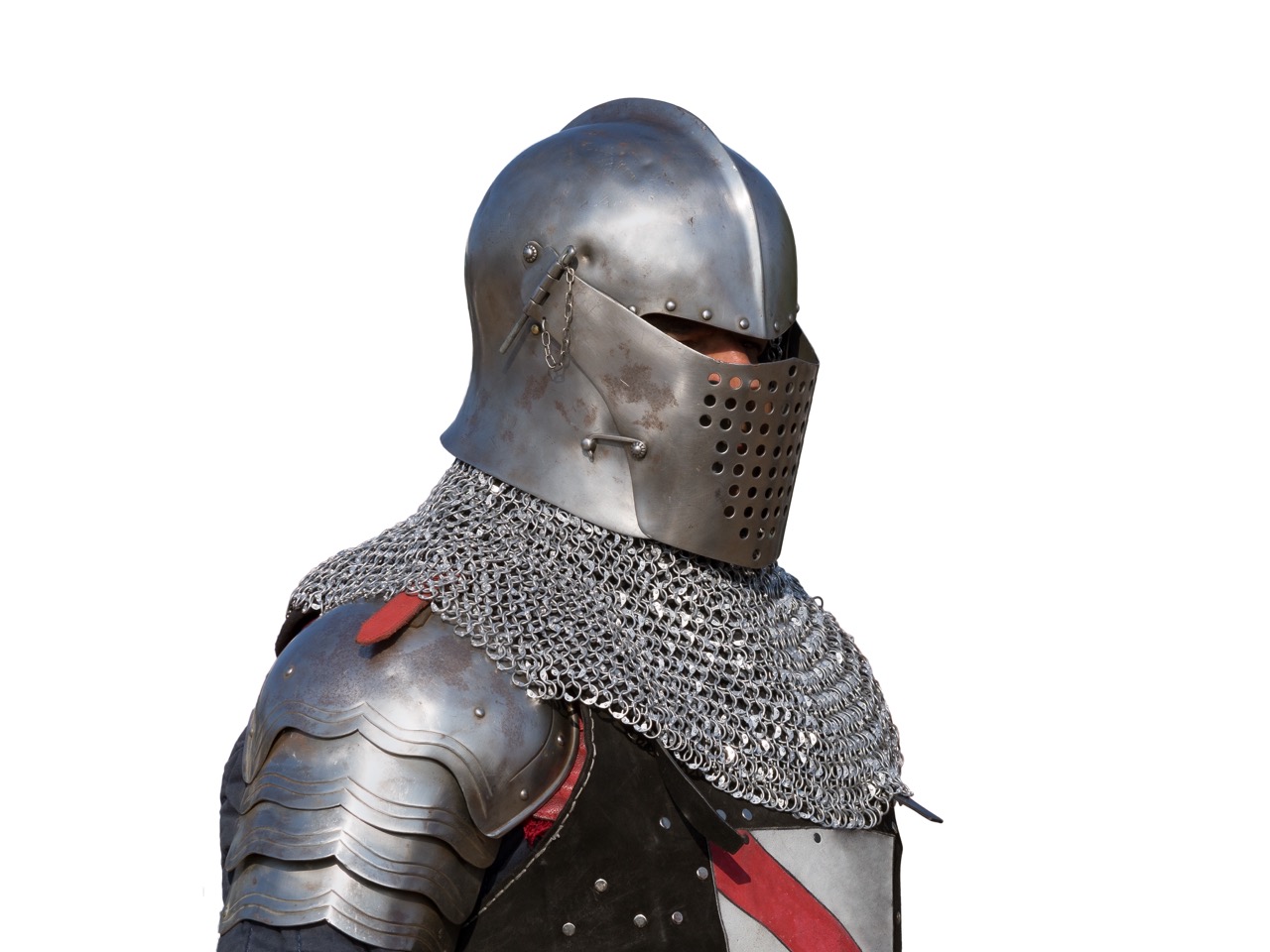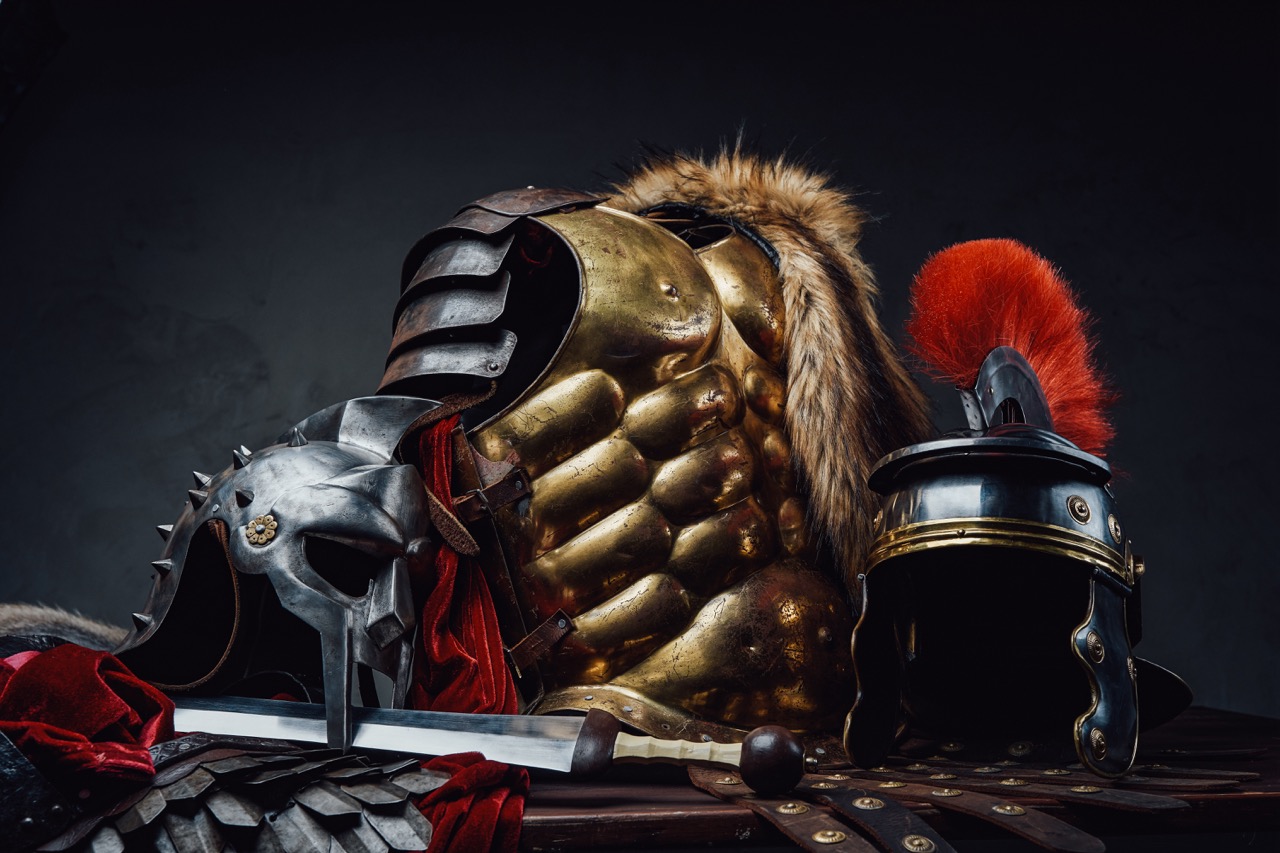The history of footwear is a rich tapestry woven through the complexities of human evolution, technology, and culture. Among the various types of historical shoes, sabatons stand out as iconic protective gear that played a crucial role in the lives of medieval soldiers. As we explore the link between sabatons and early shoe design, we uncover not only their practical uses but also their artistic and cultural significance. This article will delve into the historical context of sabatons, their materials and functionality, and their lasting legacy in contemporary fashion.
Understanding the Historical Context of Sabatons
Sabatons, often associated with knights and armored warriors, emerged during a period marked by frequent warfare and the need for advanced personal protection. Dating back to the 14th century, these metal foot coverings were part of a broader trend in medieval armor design that prioritized both functionality and aesthetics. The evolution of sabatons can be traced back to earlier forms of footwear that prioritized protection, as conflicts and battles necessitated innovative designs to safeguard the vulnerable human body.
The historical backdrop of sabatons reflects the socio-political changes of the medieval era, including the rise of feudalism and the increasing reliance on mounted knights. As nobles sought to showcase their wealth and power through elaborate armors, sabatons became not just functional elements but also symbols of status and prestige on the battlefield. This intersection of practicality and ostentation provides a fascinating lens through which to examine early shoe design.
The Evolution of Footwear: From Ancient to Medieval Times
Footwear has evolved dramatically from its rudimentary beginnings in ancient civilizations, where materials such as animal hides were used to protect feet. Early shoes varied significantly among cultures, often reflecting the climate and societal needs. For instance, the ancient Egyptians utilized sandals made of papyrus, while the Romans favored more structured designs with robust soles. As societies became more complex and warfare more prevalent, the necessity for durable and protective footwear became increasingly evident.
The transition into the medieval period saw footwear become more specialized. As armor technology advanced, so did the need for shoes that could accommodate both the demands of combat and the artistry of craftsmanship. By the time sabatons were introduced, they represented a culmination of centuries of footwear innovation, combining materials and designs that provided effective protection while allowing for mobility in battle.
Defining Sabatons: What Are They and Their Purpose?
Sabatons are defined as protective footwear worn by knights and soldiers during the medieval period, designed to cover the foot and ankle while allowing for ease of movement. Typically made of metal plates, sabatons were integrated into a soldier’s armor, safeguarding against strikes from swords, arrows, and other weapons. Their design was not only functional but also tailored to fit the overall aesthetic of a knight’s armor, contributing to the visual grandeur of medieval warfare.
The primary purpose of sabatons was to offer protection without compromising mobility. Unlike earlier footgear, which may have restricted movement, sabatons were crafted to allow soldiers to navigate the battlefield effectively. This balance between protection and functionality made them a vital component of a knight’s equipment, especially during the intense conflicts that characterized the era.
The Materials Used in Early Sabaton Construction
Early sabatons were constructed from various materials, each chosen for its specific properties and abilities to withstand combat conditions. The primary material was metal, often iron or steel, which provided the necessary durability and resistance to damage. Artisans would craft these metal plates into articulated designs to ensure flexibility and ease of movement. This innovation allowed soldiers to maintain agility while remaining protected, a crucial requirement in the chaos of battle.
In addition to metal, other materials such as leather were sometimes used in the construction of sabatons. Leather provided a lightweight option that could be combined with metal plates to enhance comfort and fit. The incorporation of diverse materials reflects the ingenuity of medieval craftsmen and their ability to adapt to the practical needs of warfare while ensuring that sabatons retained an imposing aesthetic appeal.
Sabatons and Their Role in Medieval Warfare Dynamics
The presence of sabatons in medieval warfare was part of a broader strategy that aimed to protect soldiers while enhancing their combat effectiveness. As battles often involved close-quarters combat, knights equipped with well-designed armor—including sabatons—had a distinct advantage over their adversaries. The role of sabatons in providing foot protection allowed soldiers to engage in battle with greater confidence, knowing their feet were safeguarded against potential injuries.
Additionally, the psychological impact of armor, including sabatons, played a significant role in warfare dynamics. Knights clad in full armor often struck fear into their opponents, and the visual power of their battle attire, including gleaming sabatons, served to elevate their status on the battlefield. This blend of practicality and spectacle contributed to the evolving nature of medieval warfare and the importance of armor in establishing dominance.
Comparative Analysis: Sabatons vs. Other Footwear Styles
When comparing sabatons to other footwear styles of the medieval period, such as the simple leather boots worn by peasants or the more decorative shoes of nobility, the differences in purpose and design become evident. Sabatons were primarily utilitarian, built for protection and functionality, while other footwear styles varied widely in terms of aesthetics and status portrayal. The contrast highlights the specific needs that dictated footwear design based on social class and activity.
Other styles, such as pointed shoes or ankle boots, were often crafted for comfort and fashion rather than defense. While these designs showcased the artistry of the era, they lacked the protective qualities inherent in sabatons. This distinction underscores the multifaceted nature of footwear during medieval times, where functionality, adornment, and social hierarchy played integral roles in shaping design choices.
The Influence of Sabatons on Modern Shoe Design Trends
The legacy of sabatons extends beyond their historical context, influencing contemporary shoe design in various ways. Modern fashion often draws inspiration from historical armor, with elements such as metallic finishes and structured forms reflecting the aesthetic of medieval protective gear. Designers frequently look to sabatons as a source of inspiration, merging historical concepts with modern materials and styles to create footwear that pays homage to the past.
Moreover, the principles of ergonomic design seen in sabatons have permeated contemporary footwear, particularly in the realm of athletic shoes and protective work boots. Features such as reinforced toe caps and lightweight, protective materials echo the functional design elements of sabatons, bridging the gap between historical necessity and modern-day comfort and performance.
Artistic Features: Decoration and Craftsmanship in Sabatons
Sabatons were not merely functional pieces of armor; they also embodied exquisite craftsmanship and artistic expression. Artisans adorned them with intricate designs, engravings, and embellishments that showcased the skills of the craftsmen and the wealth of the wearer. These decorative elements varied widely, from simple motifs to elaborate patterns, reflecting the personal style and social status of the knight.
The artistry involved in creating sabatons highlights the cultural significance of armor during the medieval period. Beyond their protective role, sabatons served as status symbols, with more elaborate designs indicating higher rank and wealth. This attention to detail has influenced the perception of armor as not just utilitarian, but also as a form of art that reflects the values and aesthetics of the time.
The Functional Design: Protecting Feet in Combat
The functional design of sabatons was primarily oriented towards protecting the feet during combat, addressing the vulnerabilities faced by soldiers. Each component of the sabaton was carefully engineered to absorb impacts and deflect blows, minimizing the risk of injury. This was especially critical given the prevalence of foot injuries in battles, where exposed feet could be easily targeted by opponents.
The articulated design of sabatons allowed for flexibility, enabling knights to maintain agility while fully armored. This blend of protection and mobility was essential for combat efficiency, allowing soldiers to engage effectively without being hindered by cumbersome gear. The practical innovations seen in sabaton design laid the groundwork for future developments in protective footwear.
Cultural Significance of Sabatons in Different Regions
Sabatons were not a monolithic design; their characteristics often varied based on cultural context and regional warfare styles. In regions with a strong knightly tradition, such as France and England, sabatons often featured intricate designs and were made from high-quality materials, reflecting the social standing of their wearers. Conversely, in areas with less emphasis on chivalric culture, sabatons could be more utilitarian, emphasizing function over form.
Moreover, the cultural significance of sabatons extended beyond mere protection. In many regions, they became emblematic of the knightly ethos and chivalric ideals, representing bravery, honor, and status. This cultural association further solidified the role of sabatons as symbols of identity and power in the medieval world.
Transitioning Styles: Sabatons to Renaissance Footwear
As the medieval period transitioned into the Renaissance, the design and function of footwear evolved significantly. Sabatons began to decline in popularity as advancements in warfare and changes in combat strategies necessitated a shift toward lighter, more flexible footwear. The emergence of lace-up boots and shoes that prioritized comfort and style signaled a departure from the heavily armored designs of the past.
This transition reflects broader cultural shifts during the Renaissance, where aesthetic values began to take precedence over the practical needs of warfare. The decline of sabatons marked a significant moment in footwear history, as society moved towards designs that celebrated individuality and craftsmanship, paving the way for contemporary shoe trends.
The exploration of sabatons and their relationship to early shoe design reveals a complex interplay between functionality, artistry, and cultural significance. As protective gear for medieval warriors, sabatons were a vital part of a soldier’s armor, influencing combat effectiveness and social status. Their legacy echoes in modern footwear, where elements of their design continue to inspire contemporary trends. As we look back on the history of sabatons, we recognize their profound impact on the evolution of footwear, blending practicality with artistry in ways that resonate even today.
